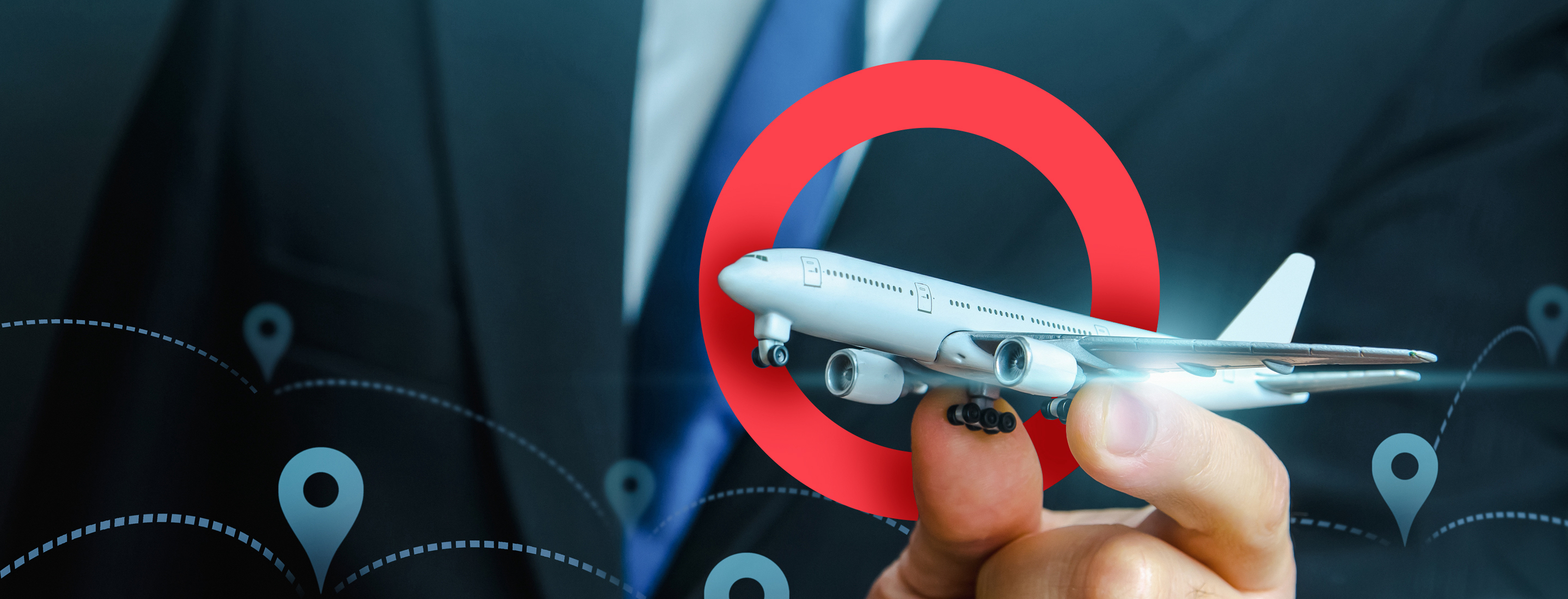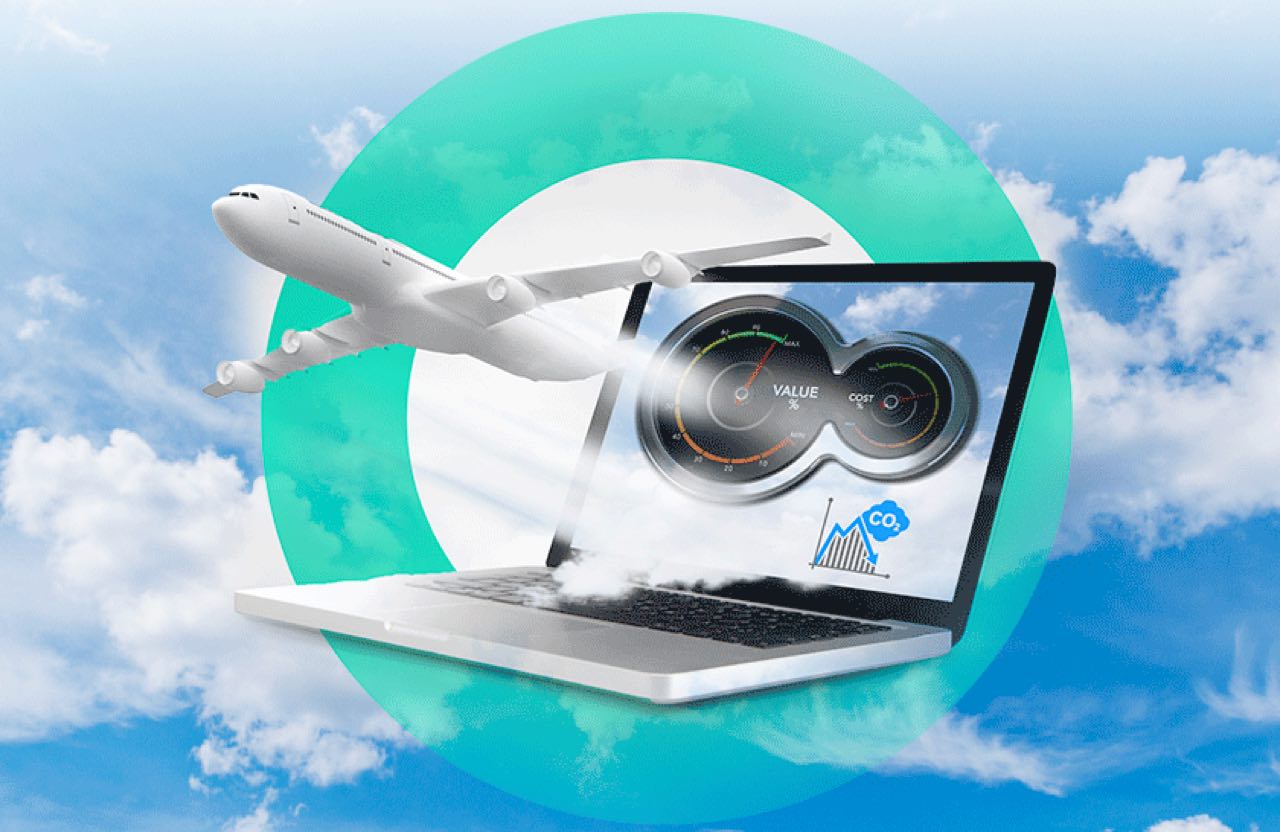What issue can we solve for you?
Type in your prompt above or try one of these suggestions
Suggested Prompt



Top 5 Trends Propelling the Airline Industry
Top 5 Trends Propelling the Airline Industry
As post-pandemic travel demand continues to rise, what does the next era of flight look like for the airline industry? For both passengers and brands, it’s more complex than ever before.
From sustainable airline fuel, to innovative airline loyalty tactics, to fluctuating leisure and business travel demand, back-end technological innovation is helping digital-first airlines stay ahead of the trends propelling the industry forward.
New solutions are also helping overwhelmed travelers navigate global air travel with ease.
Publicis Sapient aviation experts break down the top five airline industry trends that brands should be invested in, based on our market research and industry expertise:
Artificial intelligence-powered operations forecasting
In 2024, IATA predicts industry-wide passenger traffic will recover to 2019 levels. However—normal flight schedules may not, and airlines will need new tools and ways of working to keep passengers in the know and avoid outsized penalties from delays.
Weather- and climate-related delays continue to account for more than 75 percent of delays overall, and some passengers are even beginning to change travel destinations to avoid extreme temperatures. In the long term, the European Commission forecasts that higher temperatures will migrate tourists to colder climates in Northern Europe for their summer holiday, instead of the Mediterranean.
Using global weather data, historical flight operations data, social media data and more, artificial intelligence (AI) algorithms can predict and even prevent flight delays and cancellations due to weather, increasing customer satisfaction, employee efficiency and reducing airline costs.
Digital-first crew experience journeys
The airline industry continues to face a staff shortage, and it’s time for innovative technology solutions to take flight.
In the U.S. alone, the industry is experiencing a continued employment gap of pilots, crew members, air traffic controllers and mechanics, according to the U.S. Department of Transportation and U.S. Department of Labor.
While many airlines are boosting incentives for new employees, rethinking the employee experience journey holistically, from digital training to flexible scheduling platforms, will promote industry-wide retention in the long run.
Airlines should evaluate their employee experience journeys in tandem with their customer journeys to ensure seamless interactions—from retrieving lost baggage to rebooking flights, making sure that real-time customer data is centralized and accessible at all times for both parties.
Learn more about Publicis Sapient’s Customer and Employee Experience Journey Solution
Emotional airline loyalty programs
Today, behavior-driven loyalty programs aren’t enough to entice airline passengers. Almost half of millennials, specifically, have changed their airline loyalty in the past year, according to a 2023 OAG survey. At the same time, more than 20 million U.S. travel loyalty members alone faced a status downgrade in 2023, due to COVID-related decreases in travel.
In this situation, loyalty members attracted by the discounts and the convenience of their status were willing to switch to whichever airline provided the most convenient or discounted option. And while inflation hasn’t slowed leisure travel demand, customers are looking for the airline with the best deal.
Conversely, emotional airline loyalty programs drive passengers to identify with a specific airline, be airline ambassadors and make habitual buying decisions that defy rational explanation.
How can the aviation industry make the shift? Airlines can resegment their loyalty programs based on customer interests and values instead of purchase frequency. Partnering with brands across industries and centralizing this customer data will help airlines inform new segments. Starbucks and Delta’s loyalty partnership, for example, allows passengers to redeem Delta points with their weekly beverage purchases in between their trips.
Sustainable aviation fuel supply chain planning
As airlines experiment with sustainable aviation fuel (SAF) to reduce greenhouse gas emissions (GHG), challenges surrounding SAF production, supply and demand, as well as carbon emissions tracking, require innovative solutions.
Experts predict that SAF will only account for 65 percent of airline fuel in 2050, well below the U.S. goal of 100 percent. In order to come close to net zero goals, airlines will need to significantly increase investment into production companies, fuel and research and development. How can airlines make progress while balancing costs?
Industry-wide SAF supply chain partnerships are crucial to scaling the issue of SAF availability. Airlines that have the digital backbone to track their emissions, trace fuel across the supply chain and share data with partners will be able to lead the industry and stay ahead of inventions and disruptions in the space.
Publicis Sapient can help airlines balance and track SAF, tax credits and overall carbon emissions
Rerouting in response to business travel
Every year since the start of COVID-19, airlines have wondered: when will international business travel return to normal levels? It turns out that airlines are finding a new normal when it comes to demand across regions.
While the U.S. travel association predicts a leveling off of leisure travel next year after a post-pandemic resurgence, business travel won’t reach normal levels until 2025. It’s time for airlines to adapt to a new era of business travel, one that’s much more price-sensitive, combined with leisure for “bleisure” travel stays, and unpredictable demand. What’s the best way to adapt?
Investing in new revenue streams, focusing on leisure travel and investing in real-time data and analytics capabilities can help airlines make up for another year of slow growth in the business travel sector. However, it’s important to note that business travel is recovering more quickly in the Middle East and Africa, another reason for airlines to follow the numbers and embrace unpredictability.
Looking ahead at the future of travel experience
From automation, to artificial intelligence, to sustainability, every airline industry trend starts with the intersection of guest experience and technology.
The most successful airlines in 2024, 2030 and beyond will invest in the digital business transformation that’s required in the next era of flight. Partner with Publicis Sapient to create a cutting-edge passenger journey, balance the costs of sustainability and adapt your business for the next.
Related articles
-
![]()
Travel & Hospitality
How do you make both consumers and employees stay loyal? Experiences. Discover how to create the right ones using the power of data.
How do you make both consumers and employees stay loyal? Experiences. Discover how to create the right ones using the power of data.
-
![]()
Insights
The Top Challenges of Scaling Sustainable Aviation Fuel
Airlines are turning to sustainable aviation fuel (SAF) to reach net-zero carbon emissions. But how will brands balance its value with its cost?
-
![]()
Insights
Why Travel and Hospitality Brands Need to Connect the Guest and Employee Experience
How do brands with the best customer loyalty strategically support their employees to create unique experiences for their guests?












